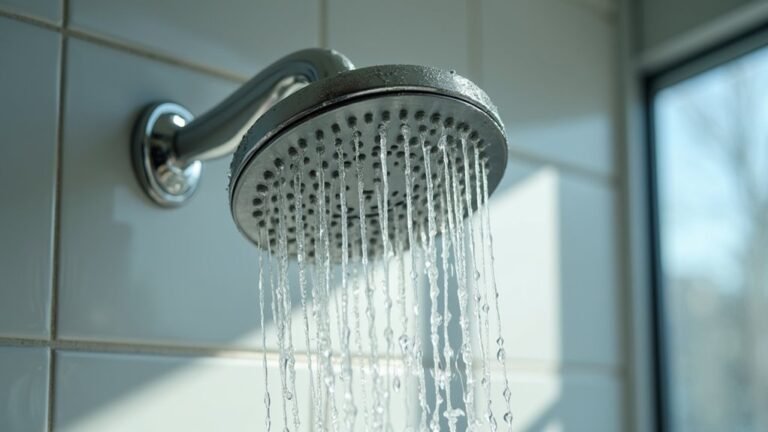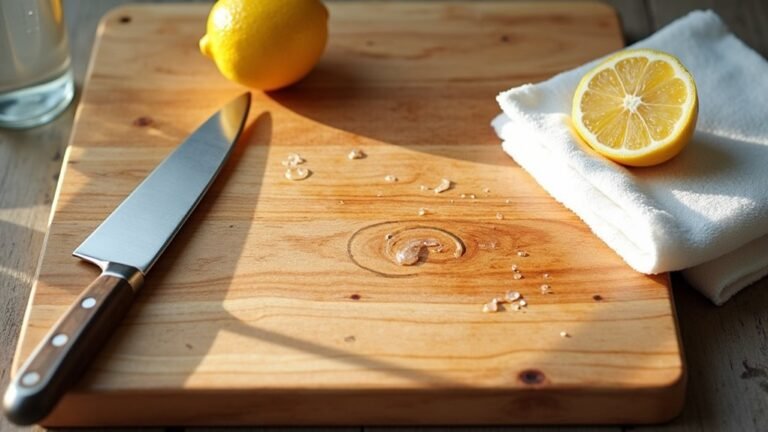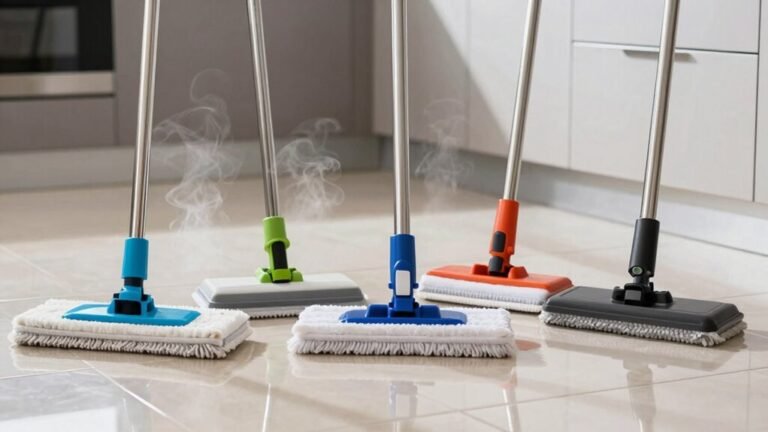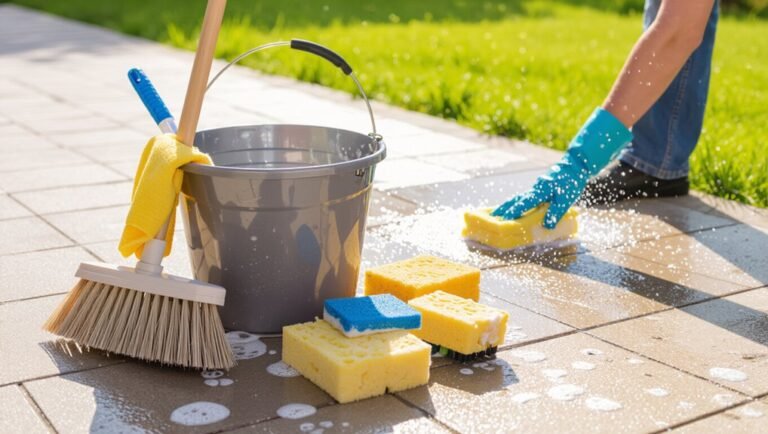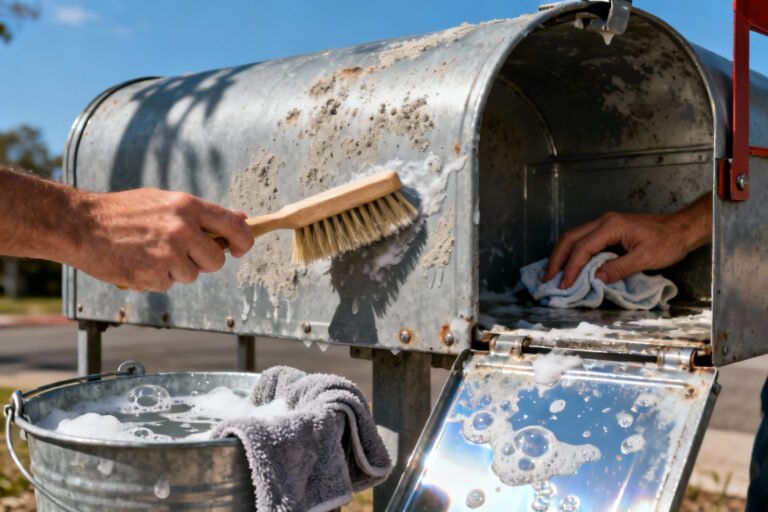Just like a dusty window blocks sunlight, dirty plant leaves can't do their job properly. Most of us want our indoor plants to grow well, and clean leaves are a key part of plant care that we often forget about.
Some of the links in this article may be affiliate links. If you make a purchase through these links, we may earn a small commission at no extra cost to you. Thank you.
According to Lisa Eldred Steinkopf, author of "Houseplant Party," "Cleaning your plants' leaves not only makes them look better, but it helps them photosynthesize more efficiently and stay healthier."
Dirty leaves make it harder for plants to make their food through photosynthesis and can block light from reaching the plant. Think of it like trying to see through a dirty pair of glasses – everything is harder to see clearly. When we clean our plant leaves, we're helping our green friends breathe better and stay healthy.
Let's learn some simple ways to keep plant leaves clean so they can grow their best and look beautiful in our homes. Clean leaves mean happy plants, and happy plants make our spaces more enjoyable.
Shiny Leaves, Healthy Plants
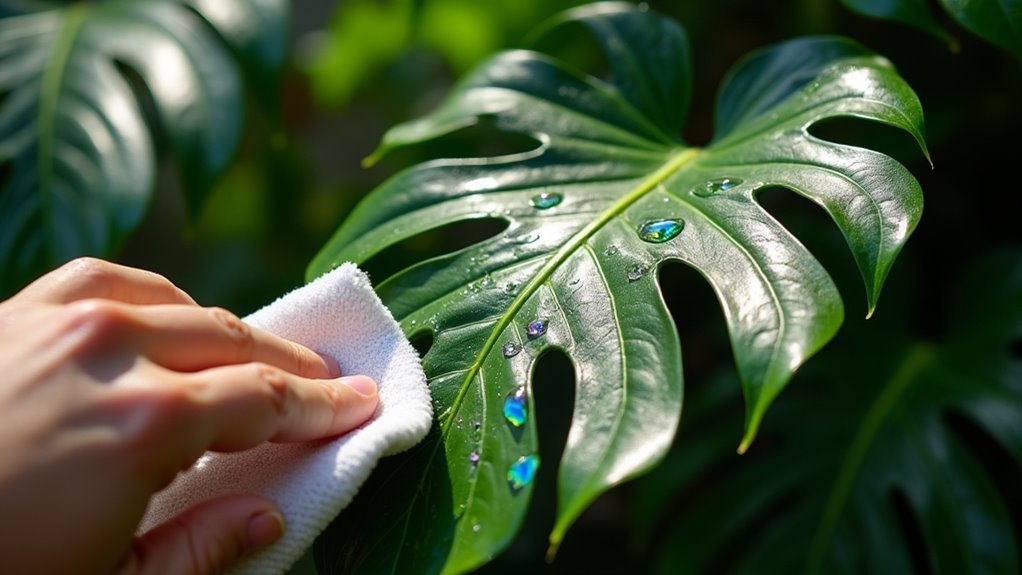
While artificial leaf shine products might promise instant results, there's nothing quite like the natural glow of a well-maintained plant.
When we regularly clean plant leaves, we're doing more than creating shiny leaves – we're promoting healthy plants by removing dust and mineral deposits that can block sunlight.
##
Let's explore the essential aspects of cleaning plant leaves, including both helpful techniques and common mistakes to avoid.
We'll walk through a simple step-by-step process that'll help you maintain healthy, dust-free plants without causing any damage.
Along the way, we'll share practical tips and final thoughts that'll make plant cleaning an easy part of your regular plant care routine.
Things to Do When Cleaning Plant Leaves
Keeping your plant leaves clean is essential for their health and appearance, as dust accumulation can interfere with photosynthesis and block light absorption. A regular cleaning routine helps maintain vibrant foliage while allowing you to monitor your plants for potential issues like pests or diseases.
Using the right cleaning methods for different types of plants guarantees effective care without causing damage to delicate leaf structures.
- Support leaves while cleaning – Place one hand underneath the leaf for stability while wiping with the other hand to prevent tears or damage
- Use appropriate water temperature – Apply lukewarm water to avoid shocking the plant and guarantee effective dust removal
- Select proper cleaning tools – Match tools to leaf type, using soft cloths for smooth leaves and feather dusters for fuzzy ones
- Mix cleaning solution correctly – When using soap, maintain a weak concentration of less than one teaspoon per liter of water
- Clean both leaf surfaces – Wipe both top and bottom of leaves to remove all debris and check for pests
- Rinse thoroughly – Remove all soap residue to prevent leaf damage and coating buildup
- Inspect while cleaning – Look for signs of disease or pests during the cleaning process
- Adjust plant position – Tilt plants at various angles to guarantee complete coverage while cleaning
- Maintain regular schedule – Clean leaves consistently to prevent excessive dust accumulation
Things to Avoid When Cleaning Plant Leaves
Properly cleaning plant leaves is essential for maintaining their health and appearance, but certain practices can cause significant damage to your plants. Taking the wrong approach to leaf cleaning can lead to stunted growth, disease, or even plant death, making it vital to understand what methods and products to avoid during the cleaning process.
- Leaf shining products and oils – These can block leaf pores (stomata), preventing proper respiration and photosynthesis.
- Aggressive scrubbing or rubbing – Can tear or damage delicate leaf tissue and protective surfaces.
- Excessive water on fuzzy leaves – Creates prolonged moisture that encourages fungal growth and leaf rot.
- Cleaning without pest inspection – Misses opportunity to identify and treat pest problems early.
- Chemical cleaners or household products – Can burn leaves, damage plant tissue, and introduce toxic substances.
- Hot or cold water – Temperature extremes can shock plants and damage leaf cells.
- Dry dusting without support – Can break leaves when not supporting them from underneath while cleaning.
- Cleaning during peak sunlight – Water droplets can magnify sunlight and burn leaves.
- Overcleaning or frequent washing – Can remove protective layers and natural oils from leaf surfaces.
Steps
Proper leaf cleaning is crucial for maintaining healthy indoor plants by removing dust, debris, and potential pests that can hinder photosynthesis and growth.
Regular cleaning not only keeps plants looking attractive but also helps them absorb more light and maintain adequate gas exchange through their leaves, leading to improved overall plant health and energy.
Step 1: Prepare cleaning supplies including lukewarm water, soft cloth, mild dish soap, and a plant support surface.
Step 2: Support each leaf with one hand while gently wiping with a damp cloth.
Step 3: Clean both top and bottom surfaces of leaves, paying attention to any visible dust or grime.
Step 4: For stubborn dirt, mix a few drops of mild dish soap with water and apply carefully.
Step 5: Rinse leaves thoroughly with clean water to remove any soap residue.
Step 6: Use a soft duster for quick cleaning on larger plants or those with delicate foliage.
Step 7: Inspect leaves during cleaning for signs of pests or disease.
Step 8: Allow plants to dry in a well-ventilated area away from direct sunlight.
Step 9: Monitor plants for several days after cleaning to confirm no adverse reactions.
Final Thoughts
Plant care doesn't need to be complicated, and we've seen how simple steps can make a big difference in maintaining healthy, vibrant foliage.
By regularly cleaning leaves with water and a soft cloth, we can keep dust at bay while checking for pest issues.
Whether using plain water or a mild liquid detergent solution, consistent leaf maintenance will help our plants thrive.
##
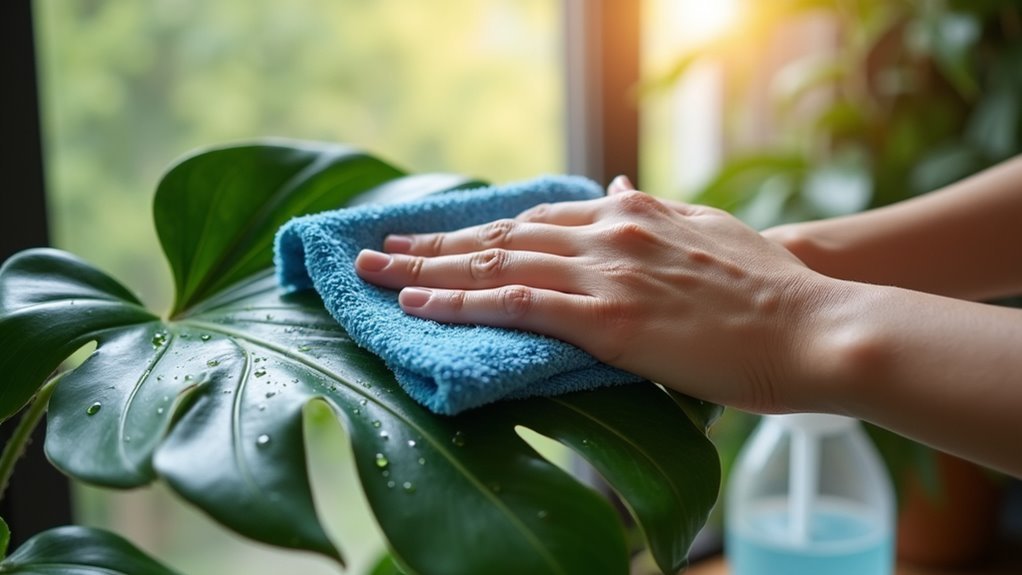
Keeping your plants' leaves clean is a simple yet essential part of plant care that's often overlooked. Regular cleaning not only enhances your plants' appearance but also promotes their overall health by allowing them to photosynthesize and breathe more efficiently.
Whether you choose to wipe leaves individually with a damp cloth, give them a gentle shower, or use a mild cleaning solution, the key is to be consistent and gentle with your approach.
Remember that different plants and environments may require different cleaning schedules, so observe your plants and adjust accordingly. Taking a few minutes each month to clean your plants' leaves is a small investment that pays off in healthier, more vibrant plants that can better resist pests and diseases.
Start incorporating leaf cleaning into your regular plant care routine today – your plants will reward you with lusher growth and a more beautiful display in your home or garden.

